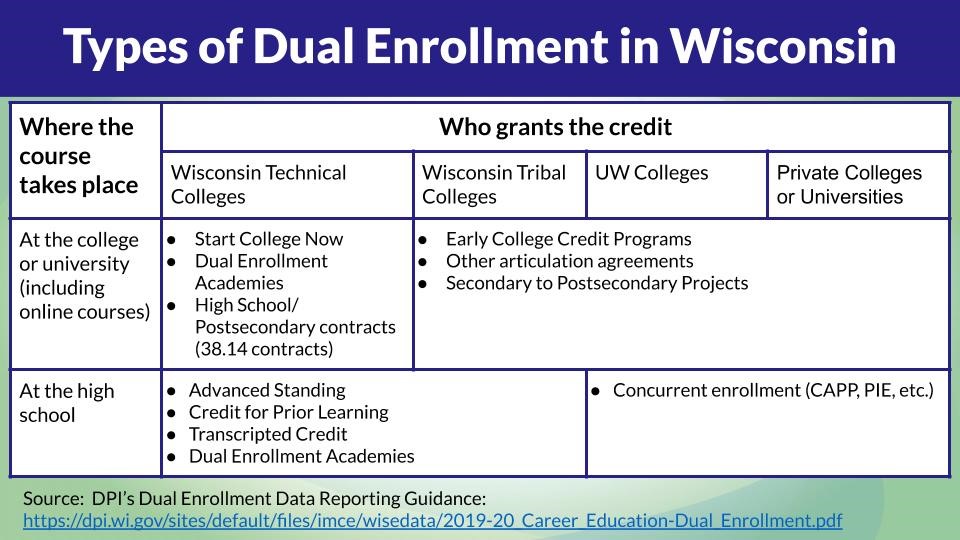Chances are the student who graduates high school as a certified nursing assistant (CNA) is familiar with dual enrollment. Or read about Jacob Allender whose dual enrollment courses landed him a job before graduating high school. Dual enrollment encompasses a variety of programs that enable high school students to enroll simultaneously in both high school and college, earning both high school and college credit or college credit only. For high school students who have a career clearly in mind, dual enrollment puts them on a fast track to their goals. And, if they want to go on for more advanced studies, dual enrollment can give them a head start on a college major or program.
According to the U.S. Department of Education’s February 2017 "What Works Clearinghouse Intervention Report," students who participate in dual enrollment tend to have higher:
- General academic achievement in high school
- High school completion rates
- College access and enrollment
- College credit accumulation
- College degree attainment
Often, students are able to explore content related to careers they may not have been exposed to in high school through dual enrollment, career-based learning experiences, and academic and career planning. This early exploration may reduce the likelihood of taking unnecessary courses in college therefore reducing the cumulative cost of college tuition.
“More importantly, by participating in dual enrollment, students can develop confidence and begin to see themselves as a college student,” says Karin Smith, DPI Education Consultant. “Dual enrollment experiences strengthen the rigorous academic skills needed to be successful in college. Both are especially critical for marginalized groups, particularly students of color or low-income students, who may not have much exposure to college.”
Although dual enrollment provides a multitude of benefits to students; it can be difficult for students, families, and educators to navigate all the ways by which dual enrollment credit can be earned. Some dual enrollment programs involve students taking a course at their high school with a teacher who has been certified by the college or university so that college credit can also be granted. These programs are often referred to as transcripted credit courses or concurrent enrollment. Other programs involve students taking courses directly from a college campus, either in-person, or in an online or blended format. Programs such as these include the Early College Credit Program and the Start College Now Program.
Below is a chart that can help school counselors, students, and families understand the various types of dual enrollment so that they can explore the option that fits best.

No matter the type, dual enrollment is an important part of a student’s Academic and Career Plan. It helps students more closely define the direction that is right for them and prepares students for postsecondary success.
For more information on dual enrollment in Wisconsin, contact Karin Smith at Karin.Smith@dpi.wi.gov.
—Karin Smith, Education Consultant, Academic and Career Planning, Dual Enrollment, Wisconsin Department of Public Instruction
Photo credit: Ethan Johnson on Unsplash